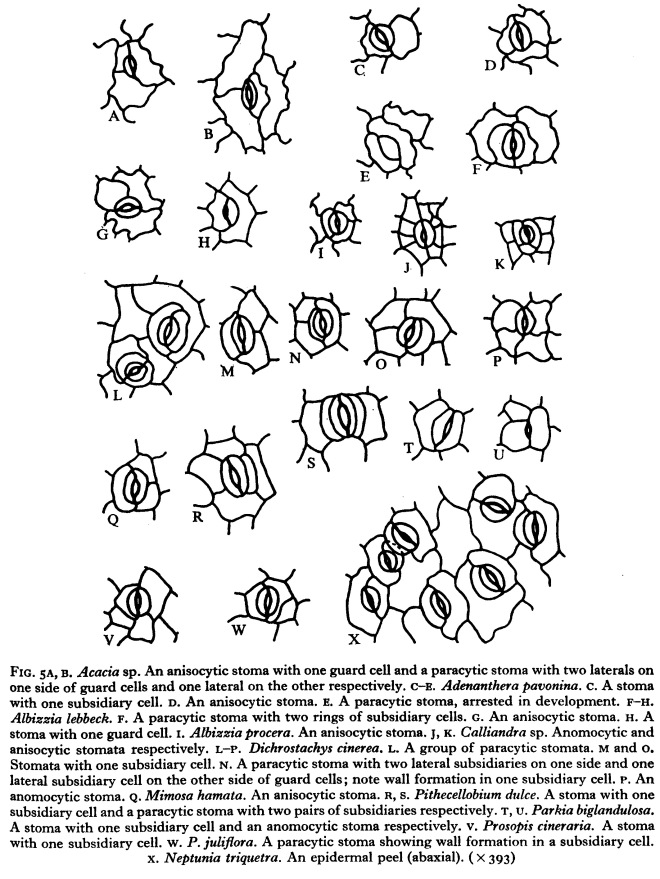Photo credit: Google
Heteromorpha arborescens var abyssinica, Parsley Tree
The taxonomic value of epidermal characters in the leaf of Heteromorpha and some related genera (Apiaceae).
Winter P. J. D., Van Wyk B. E. (1994)
Department of Botany, Rand Afrikaans University, South Africa


in Bothalia. 24. 187-194.- doi: 10.4102/abc.v24i2.770
Heteromorpha (17 spp.), Polemannia (3), Polemanniopsis. SEM – hair types. Line drawing – hairs. Stomatal type, distribution and density. Epidermal cell number, size & outline differ with juvenile/adult & spp. –
http://www.abcjournal.org/index.php/ABC/article/view/770/0
Abstract
All 17 species of Heteromorpha Cham. & Schltdl. (sensu Humbert 1956), all three species of Polemannia Eckl. & Zeyh. and the monotypic Polemanniopsis B.L. Burtt were investigated for leaf epidermal characters.
Stomatal type was anomocvtic. with an exception in only one Madagascar species, H. betsileensis.
The distribution and density of stomata (on both leaf surfaces) are diagnostic for some species.
The number, size and outline of normal epidermal cells are different in juvenile and adult leaves and these differences vary between species. Seven trichome types are recognized which, when combined with dispersion pattern, also serve to characterise the various species and forms.










 Photo credit:
Photo credit: 



You must be logged in to post a comment.